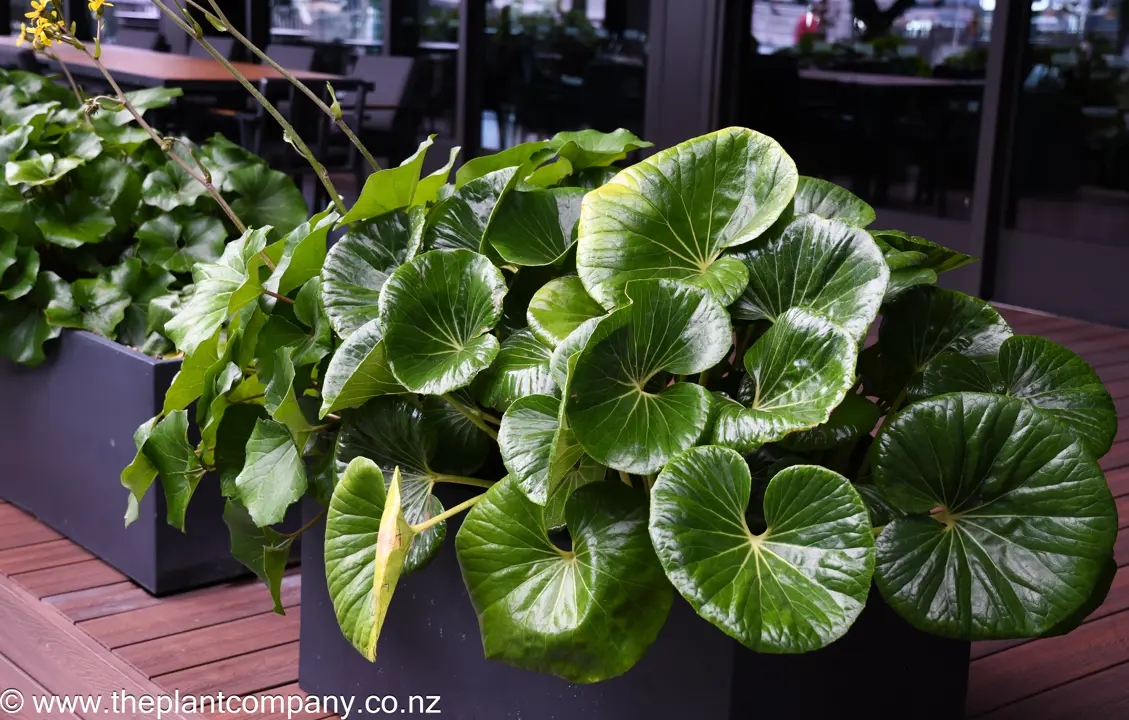
Ligularia reniformis
Ligularia reniformis, commonly known as the Tractor Seat Plant, is grown for its lush foliage and flowers. It grows to 75 cm tall and the same wide...
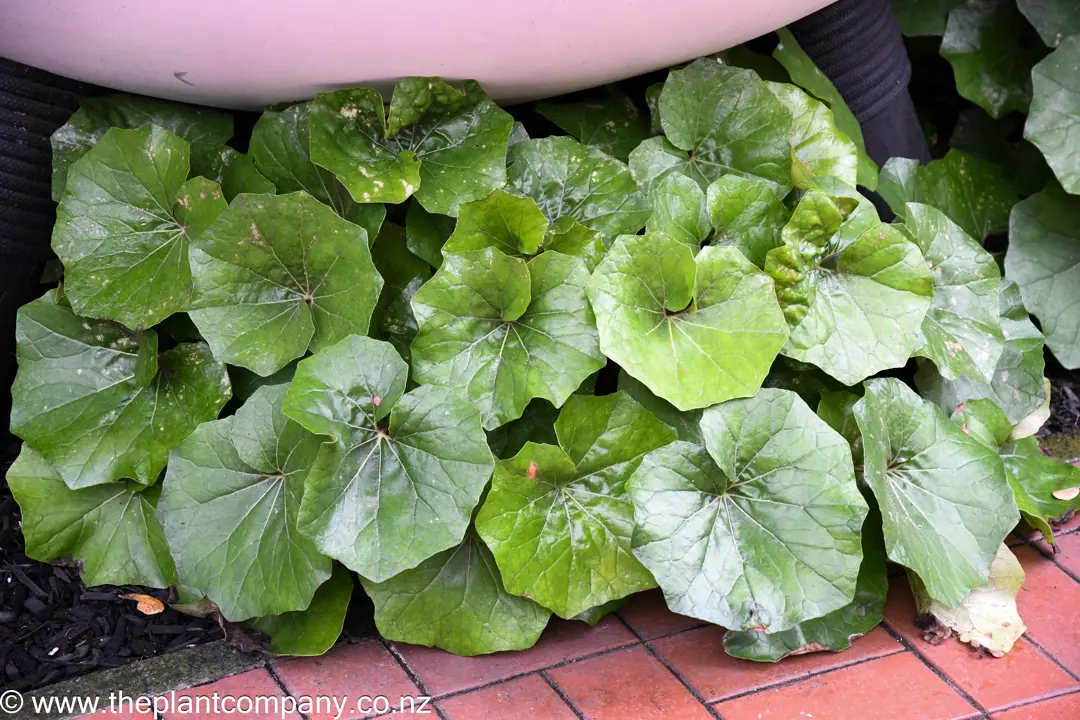
Ligularia Rukuhia Beauty
Ligularia Rukuhia Beauty forms a clump of large and rounded, glossy, dark green leaves. Stems rise above the foliage during spring to bear clusters...
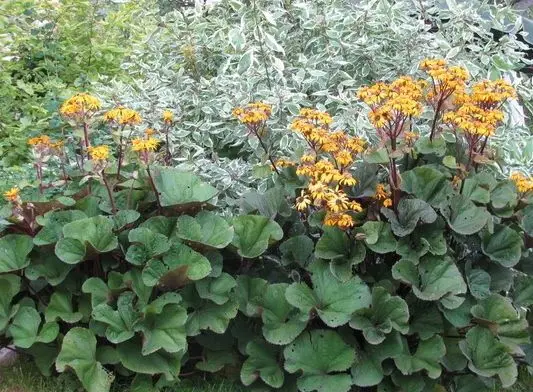
Ligularia Midnight Lady
Ligularia Midnight Lady features stems that emerge during summer bearing clusters of bright, orange, daisy-like flowers. They rise above the large...

Ligularia Britt-Marie Crawford
Ligularia Britt-Marie Crawford, commonly known as Elephant Ears, Leopard Plant, forms a clump of large, rounded, maroon-black leaves. Stems rise...

Ligularia Aureo-maculata
Ligularia Aureo-maculata, commonly known as the Leopard Plant, produces glossy, dark green leaves with bold, yellow spots placed randomly across the...

Ligularia Gigantea
Ligularia Gigantea, commonly known as Japanese Ligularia or Giant Leopard Plant, features large and rounded, glossy, dark green leaves. Stems emerge...

Ligularia tussilaginea
Ligularia tussilaginea, commonly known as the Giant Leopard Plant, features large and rounded, glossy, dark green leaves. Stems emerge during summer...
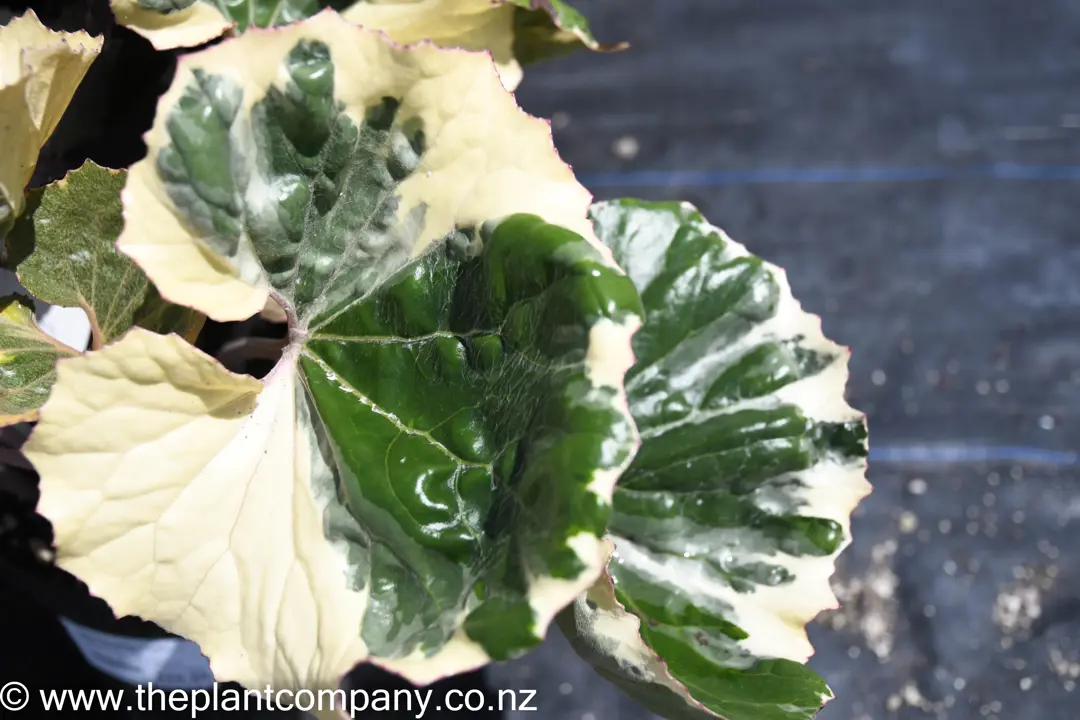
Ligularia argentea
Ligularia argentea, commonly known as the Leopard Plant, produces large and glossy, dark green leaves with a cream-white margin. The foliage is...
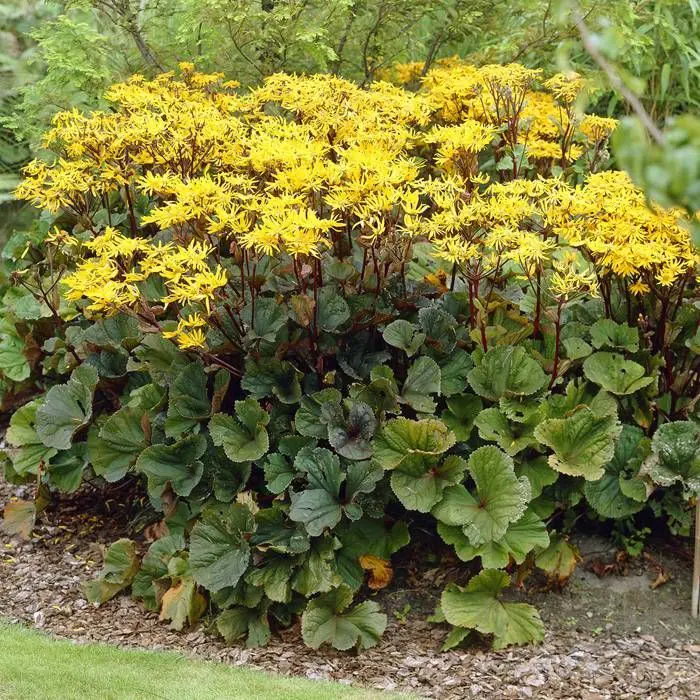
Ligularia Othello
Ligularia Othello, commonly known as the Leopard Plant, produces large and glossy, dark green leaves. The foliage is complemented with yellow...

